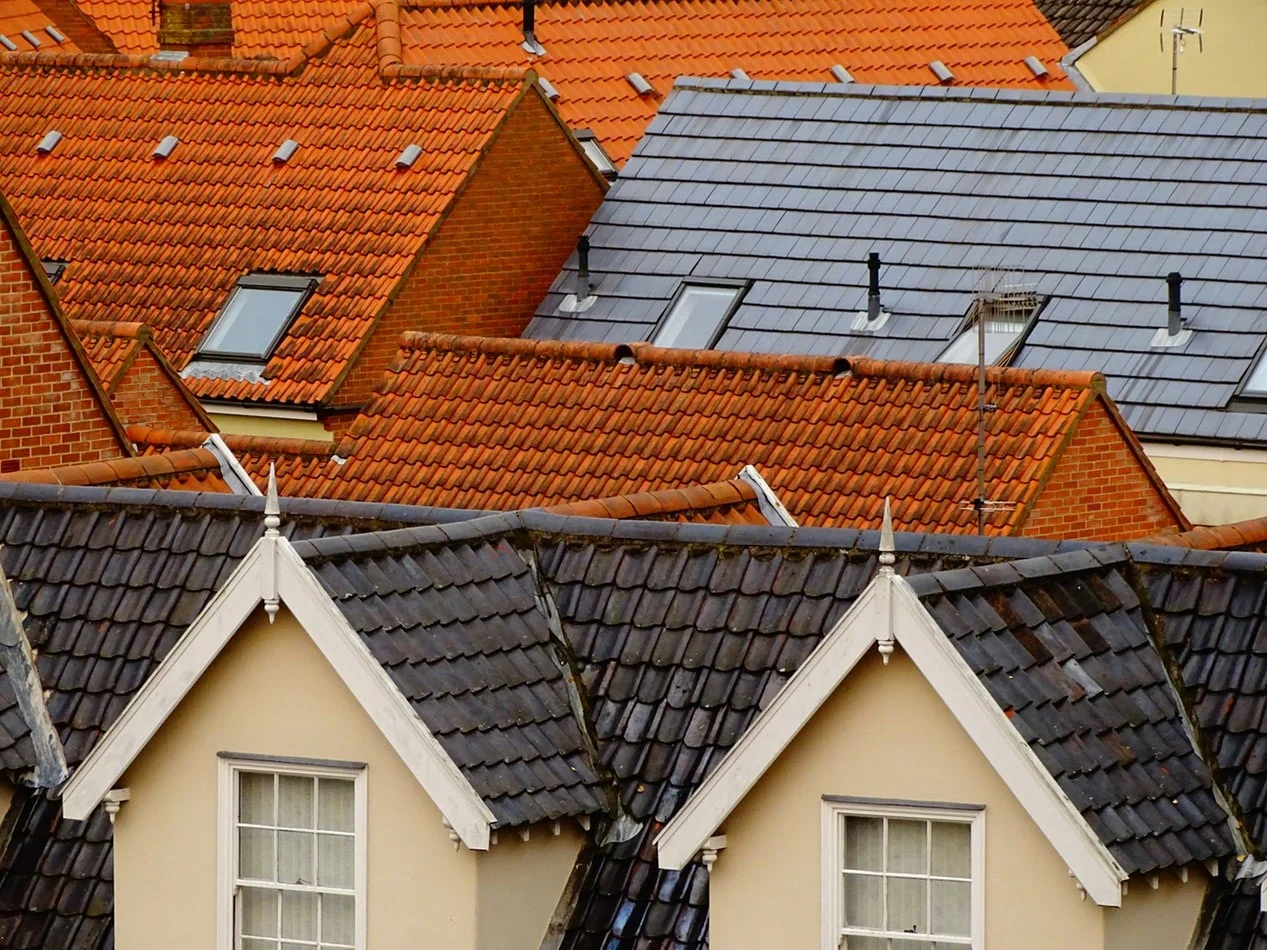Pitched roofs have been a staple in architecture for centuries, providing both practical and aesthetic benefits to buildings around the world. Their sloping design not only enhances the visual appeal of a structure but also offers numerous advantages in terms of functionality, durability, and energy efficiency. In this article, we’ll delve into the reasons why pitched roofs are a popular choice, explore different types of pitched roofs, and highlight their respective advantages.
The Appeal of Pitched Roofs
Pitched roofs, also known as sloped or angled roofs, have stood the test of time for several reasons:
- Aesthetic Charm: The elegant lines and traditional charm of pitched roofs add character to any building, enhancing its curb appeal and architectural aesthetics.
- Historical Significance: Pitched roofs have a rich history, being prevalent in various architectural styles across different cultures and time periods, from European cottages to Asian temples.
- Weather Resilience: The sloping design of pitched roofs allows rainwater, snow, and debris to easily run off, reducing the risk of water pooling and structural damage.
- Energy Efficiency: Properly insulated pitched roofs provide better ventilation and thermal regulation, resulting in lower heating and cooling costs and improved energy efficiency.
- Versatility: Pitched roofs can be adapted to suit different climates, building types, and design preferences, making them a versatile roofing option for residential, commercial, and industrial applications.
Exploring Types of Pitched Roofs
- Gable Roof: Featuring two sloping sides that meet at a central ridge, gable roofs are simple yet effective in shedding water and snow, making them a popular choice for residential homes.
- Hip Roof: With slopes on all four sides that converge at a ridge or hip, hip roofs offer increased stability and wind resistance, making them ideal for areas prone to inclement weather.
- Mansard Roof: Characterized by its double-sloped design, a mansard roof provides additional living space in the attic while offering a distinctive architectural flair.
- Gambrel Roof: Similar to a mansard roof but with a shallower upper slope, gambrel roofs are commonly found on barns and colonial-style homes, providing ample space for storage or living.
- Saltbox Roof: Featuring an asymmetrical design with one side longer and steeper than the other, saltbox roofs are synonymous with New England architecture, offering a unique and rustic appeal.
Advantages of Pitched Roofs
- Longevity: Pitched roofs tend to have a longer lifespan compared to flat roofs, as their sloping design helps prevent water damage, UV degradation, and debris buildup.
- Enhanced Ventilation: The attic space beneath a pitched roof provides natural ventilation, reducing moisture buildup and prolonging the life of roofing materials.
- Timeless Elegance: Pitched roofs exude timeless elegance and charm, complementing a wide range of architectural styles from traditional to contemporary.
- Increased Property Value: Homes and buildings with pitched roofs often command higher resale values due to their aesthetic appeal, durability, and perceived quality.
- Customization Options: With various types and design options available, pitched roofs can be customized to suit individual preferences, climate considerations, and architectural requirements.
Conclusion
In conclusion, pitched roofs offer a multitude of advantages that make them a preferred choice for residential, commercial, and industrial buildings worldwide. From their aesthetic appeal and historical significance to their weather resilience and energy efficiency, pitched roofs continue to stand as a symbol of timeless elegance and practicality in the world of architecture. Whether you opt for a gable, hip, mansard, gambrel, or saltbox roof, you can enjoy the many benefits that pitched roofs have to offer for generations to come.



